Chinese Symbols Page #5
This page lists all the various symbols in the Chinese Symbols category.
China is one of the world's oldest and most long-lived cultures, with human settlement dating back to the Neolithic Era. Covering a vast region of eastern Asia, its many customs and traditions can vary greatly between provinces, cities, and even individual towns.
Many important components of Chinese culture can be traced back thousands of years, and are still visible today. These cultural phenomena include language and literature, music, visual arts, martial arts, cuisine, and much more.
Symbols in this category:
Shé (Traditional)
Chinese characters representing 'Shé', which translates as 'Snake' or 'Serpent'.
Shou
This symbol, whose name can also be spelled as "chou", is representative of longevity (long life), an overriding theme in traditional Chinese culture.
Snake
It's not much of an exaggeration to say that snakes are the most symbolically charged members of the entire animal kingdom. All across the world, snakes have occupied the entire spectrum between reverence and hatred. What is particularly notable about snakes (although not unique by any means) is that they can be both admired and feared in the same culture without one symbolic facet canceling out the other. Whether they're seen as the embodiment of evil or as the repository of ultimate wisdom, the cultural importance of these creatures cannot be overstated.
Spade Money
Spade money was an early form of coin used during the Zhou dynasty of China (1045 to 256 BC).
Stag
When it comes to symbolism, the "stag" possesses a separate set of meanings from the “deer”, so this article will only address the former.
Suǒ zi jiǎ
Chinese characters representing "Suǒ zi jiǎ", which translates as 'Chainmail'.
Tael
Tael (兩) or tahil is one of several weight measures of the Eastern Asia. Most usually, it refers to the Chinese tael, a part of the Chinese system of weights and currency.
Citation
Use the citation below to add this symbols category to your bibliography:
Style:MLAChicagoAPA
"Chinese Symbols." Symbols.com. STANDS4 LLC, 2024. Web. 23 Nov. 2024. <https://www.symbols.com/category/47/Chinese+Symbols>.


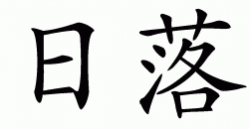
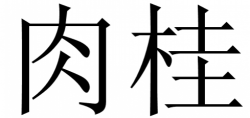
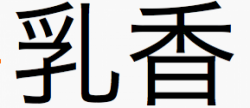
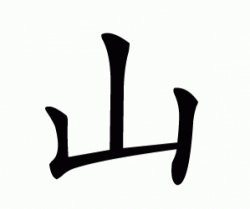
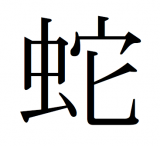
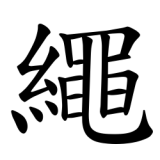

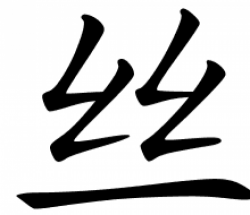
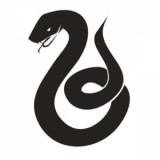
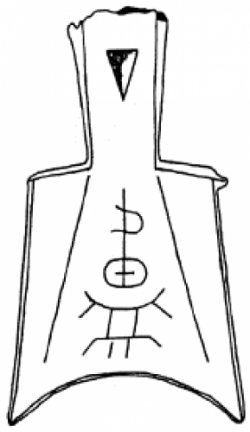
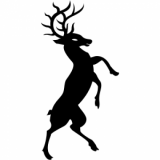

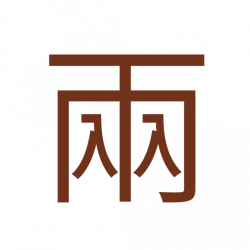
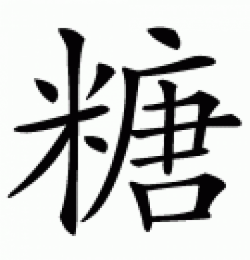
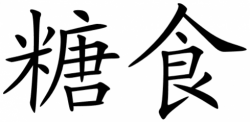
Have a discussion about the Chinese Symbols category with the community:
Report Comment
We're doing our best to make sure our content is useful, accurate and safe.
If by any chance you spot an inappropriate comment while navigating through our website please use this form to let us know, and we'll take care of it shortly.
Attachment
You need to be logged in to favorite.
Log In